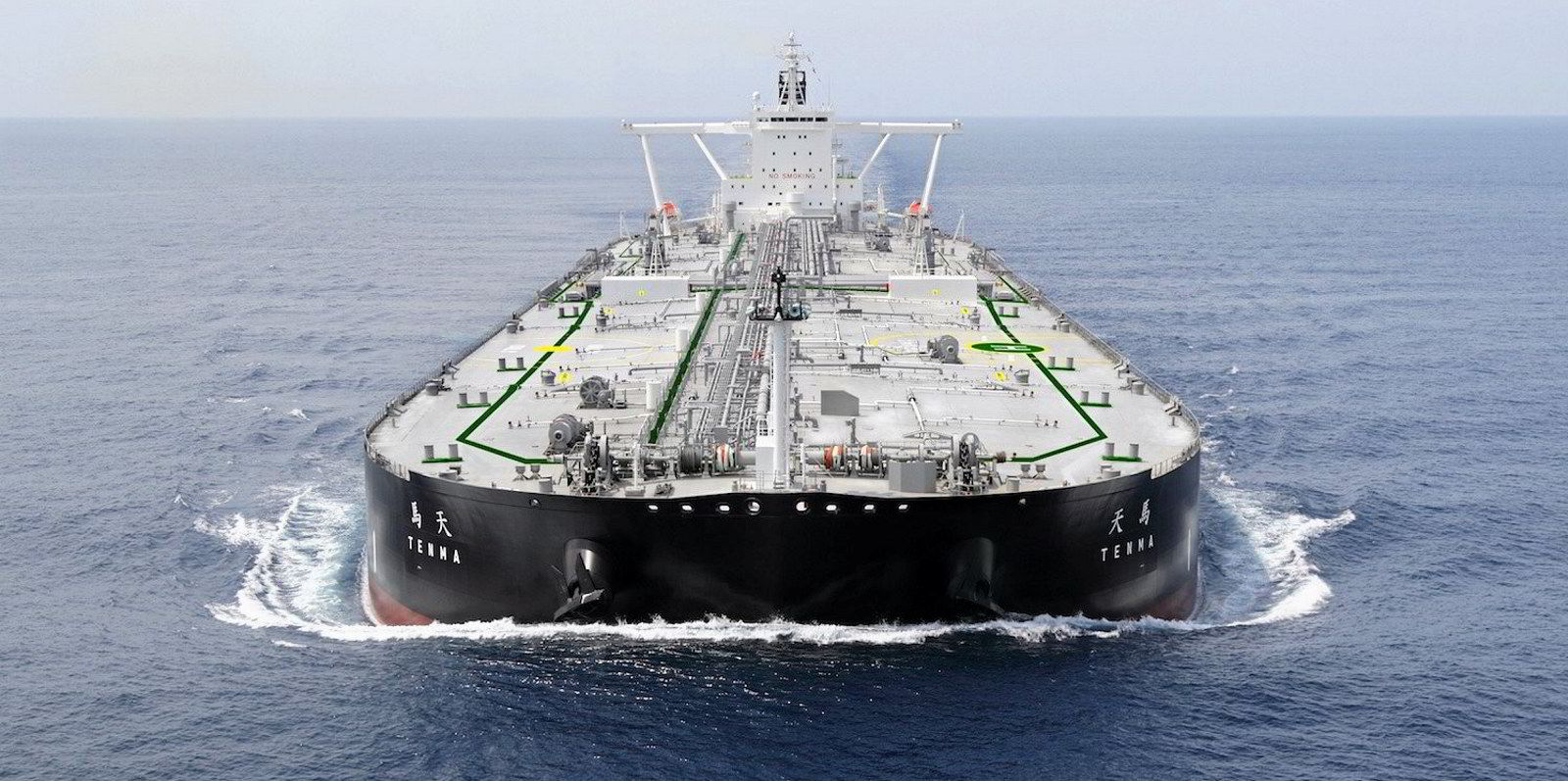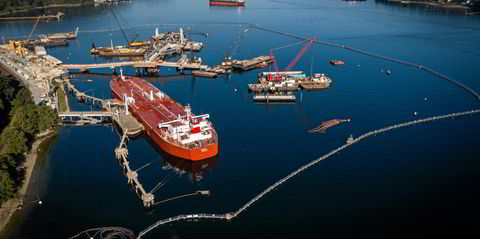The end of a temporary tax on Brazil’s oil exports will boost the economic prospects of the largest crude carriers, says pool operator Tankers International.
The 9.2% tax, which is due to end this week, prompted some oil companies to halt their VLCC export programmes from Brazil and switch to West Africa, said its head of research & insight, Mette Frederiksen.
West African VLCC fixtures increased by 50% month on month in June to meet part of the demand driven by China, which helped lift rates, said Frederiksen.
“The oil export tax in Brazil is due to end in July, and the Brazilian market is likely to resume, and while this may remove some VLCC trade from West Africa, it is still long tonne-miles for VLCCs,” she said in a blog.
“The prominence of the Atlantic basin trade for VLCCs is therefore set to continue to keep shipowners smiling well into the next quarter.”
The Tankers International report followed a turbulent seven days for VLCCs, which started the week showing rich promise but end on a “really flat note”, according to shipbroker Gibson.
It cited the fixture at $37,000 per day of the Chinese-owned 307,500-dwt New Splendor (built 2023) from the Arabian Gulf to Taiwan, down more than one-quarter compared with the last completed fixture for the route, according to the Tankers International app.
A number of failed fixtures in the US Gulf region and a sharp cut in enquiries in the Middle East led to a downward spiral in rates.
Three reported fixtures last week on subs from Guyana and the US Gulf failed, according to the app. They included one from the US Gulf to China at $107,000 per day on the Bahri-owned 318,000-dwt Habari (built 2008).
The week had started at a three-month high of $52,353, according to the Baltic Exchange’s VLCC daily time charter equivalent analysis. By Friday, it had fallen to $21,743.
Frederiksen said there are signs of growing recovery from China following previously over-optimistic predictions for 2023.
The orderbook is providing further support for shipowners: no VLCCs are due to be delivered in 2024 and just one in both 2025 and 2026. Rates for VLCCs have increased since breaking even in August last year, despite being marked by periods of extreme volatility.
Planned cuts by Opec+ nations such as Saudi Arabia have failed to dampen the mood, she said. Saudi Arabia has announced a 1m-barrel-per-day export cut of crude in July as part of efforts to bolster prices.
VLCCs export nearly 90% of Saudi Arabia’s seaborne crude exports. Saudi exports provide nearly one-third of all volumes carried by VLCCs, according to Bimco.
“The capped volumes are expected to be filled by producers such as Brazil, resulting in more long tonne-miles for VLCCs across the Atlantic to Asia,” said Frederiksen.





